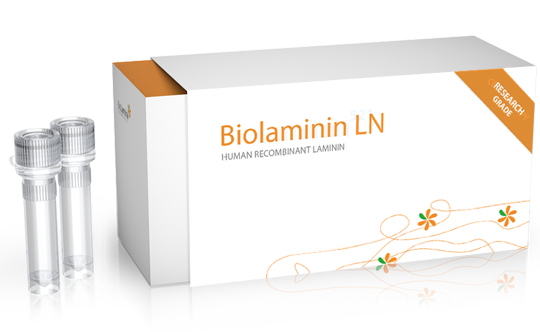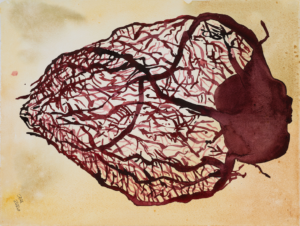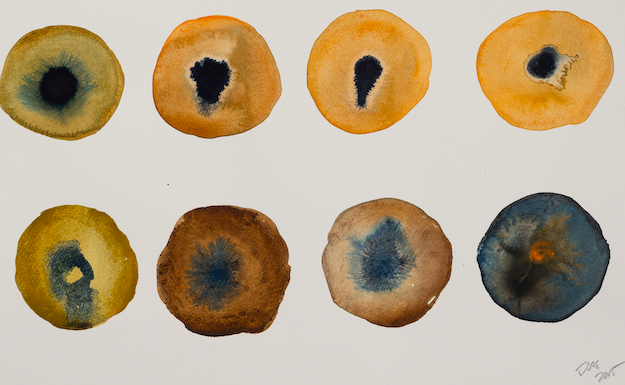Biolaminin 221 LN (LN221)
Human recombinant laminin 221
Biolaminin 221 supports the growth, survival, and differentiation of a wide range of tissue-specific cell types, including cardiac cells and skeletal muscle cells.

A biologically relevant culture environment
Laminin 221 is important for muscle development and function and is together with laminin 211 one of the main laminin isoforms present in adult muscle tissue, including varying amounts of laminin 521 and laminin 421 depending on the tissue.
Mutations of the LAMA2 gene are the most common cause of congenital muscular dystrophy that frequently leads to death in early childhood (Domogatskaya, 2012). For a review of α2-laminin in skeletal muscle function, see Holmberg and Durbeej, 2012.
Laminin 211 as well as laminin 221, are very important for cardiomyocytes and heart muscle development. In the developing heart both laminin 211 and laminin 221 are expressed in the extracellular matrix of cardiomyocytes as well as in the basement membrane zones of the endo- and pericardium and the capillaries (Roediger, 2010).
Laminins containing the α2-chain (such as laminin 221) are expressed in the ventricular zone ECM in the developing mouse central nervous system. Since laminins are known to contribute to the stem cell niche in the brain, this suggests that laminin 221 could play an important functional role in the regulation of neural stem cells and progenitor cells (Haubst, 2006; Kazanis, 2010; Lathia, 2007; Mercier, 2002).
Recommended applications
-

Cardiomyocytes
Biorelevant culture of cardiac cells on Biolaminin substrates Laminin expression in muscle tissue Laminin-211 and laminin-221 are expressed specifically in the basal lamina […]View application -

Skeletal muscle cells
Biorelevant culture of muscle cells on Biolaminin substrates Laminin 211, 221 and 521 form an important part of the adult skeletal muscle microenvironment Laminin […]View application
Key features

Coating plates
1. Slowly thaw recombinant laminins at +4°C before use.
2. Dilute the thawed laminin stock solution with 1xDPBS containing Ca2+ and Mg2+.
3. Add the diluted laminin solution to tissue culture-treated cultureware for a final coating concentration of 0.5-2 μg/cm2. The optimal coating concentration is cell line-dependent.
4. Seal the plate (e.g. with Parafilm®) to prevent evaporation and incubate at +2°C to +8°C overnight. If a more rapid coating is required, incubate at +37°C for 2 hours. Make sure the laminin solution is spread evenly across the surface. Note that the laminin matrix will be inactivated if let dry.
Important notes
- The laminin stock solution is long-term stable when stored at -20°C to -80°C. Please refer to the product-specific CoA for shelf life details.
- Repeated freeze-thawing should be avoided. If desired, the laminin stock can be dispensed into working aliquots and stored at -20°C to -80°C. Thawed, undiluted laminin stock is stable for at least 3 months when stored at +2°C to +8°C under aseptic conditions.
- Avoid long exposure of the protein to ambient temperatures.
- For your convenience, the coated plates can be kept for up to 4 weeks when stored aseptically at +2°C to +8°C.
- The protocol can easily be made totally defined and animal origin-free with your choice of culture medium and enzyme.
- Before start, all solutions used for cell passaging should be aliquoted in sufficient amounts and pre-warmed at +37°C, 5% CO2.
Product name
Biolaminin 221 LN
Product code
LN221-02
LN221-0501
Declaration
For research use only
Storage
-20°C to -80°C
Concentration
0.1 mg/ml
Appearance
Clear, colorless, buffered solution with a
pH of 7.2 with 10% glycerol and 0.02% NaN3
Shipping condition
Dry Ice
Protein name
Laminin 221 (Laminin-4)
Classification
Animal origin-free, human recombinant protein
Product application
Culture of skeletal and smooth muscle cells, cardiomyocytes, glia cells, and neural progenitor cells
Size guide
Not sure how much laminin you need? To make it easy, we have created a tool where you can calculate the amount needed for your experiments. Just choose culture well format and fill in the desired coating concentration to see the amount required.
Please see the coating instructions for concentration and volume guidelines.